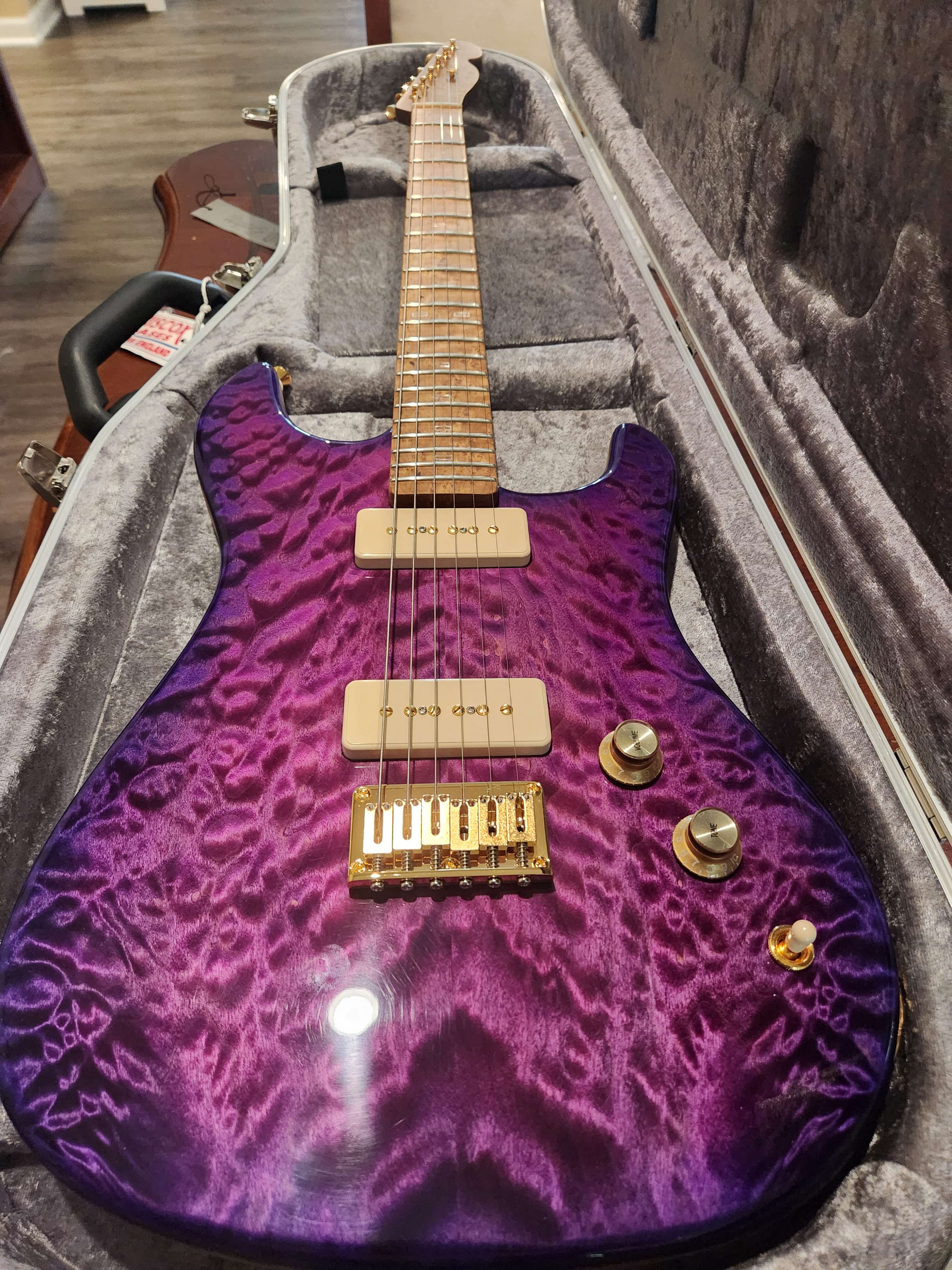I still have no idea what I’m doing really. Just too determined to give up I guess, and it’s been such fun. Anyway I made a guitar pedal light switch cover. Still a lot of work to do, and every time I look at FreeCAD the wrong way, the model breaks, but it’s been a fun experience nonetheless.
On a side note, anybody have any idea why the face of the model is rough textured, while the foot switch on the lower half is flawless?



Please forgive my rudimentary knowledge here, but if it was a z height issue, wouldn’t it affect the bottom part of the print where it’s nice and smooth as well? I clean and level between every print, and the corners seem to be very snug at least using the paper method. It’s just enough clearance that I can still push and pull the paper without it catching on the nozzle
For one thing, the paper method only gets you so close. I find you actually have to watch your first layer go down and adjust that way. If you have a Prusa, there is a menu where you can make adjustments as it’s printing and it has a first layer calibration tool built in.
Second, check the slicer and see what it’s calling the very top layer vs what it’s calling the part that looks messed up. I’m willing to bet that the clean looking part is called top layer, whereas the messed up part isn’t. Prusa slicer ads additional material when it knows that it’s the very top of a print so that it looks better.
Either that, or is say you had a clog which caused under extension, but that may have worked out by the end of your print.
Thanks, i’ll check those things. Sadly, I don’t (yet lol) have a Prusa, only an Ender 3 pro. According to Prusa slicer, it’s all top solid infill. Here is the STL file if anyone is more of an expert at prusa slicer than I. https://www.printables.com/model/700351-guitar-pedal-light-switch/files